With the post-covid decline of Downtowns, arts and cultural institutions are affected too
Rebuilding Place in Urban Space
JUNE 19, 2023
The Job Description Is Changing ," New York Times = Other relevant blog entries -- " Reprinting with a slight update, "Arts, culture districts and revitalization" from 2009 " (2019) Cultural quarters and innovation districts -- discussion on the Arabianranta district within " Helsinki as an example of creative industries driving urban revitalization (..)

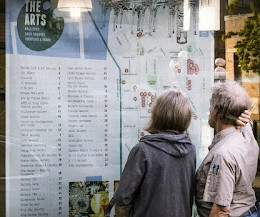
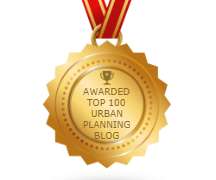
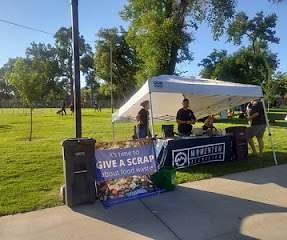

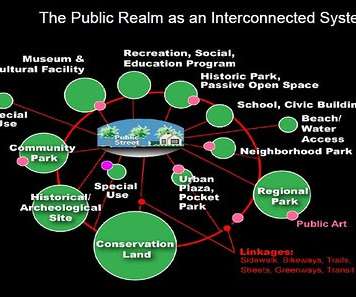
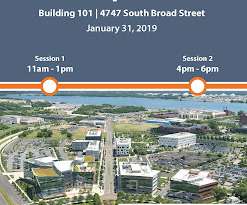
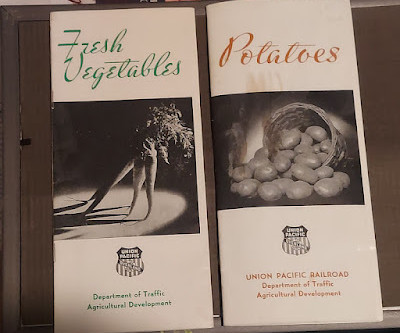
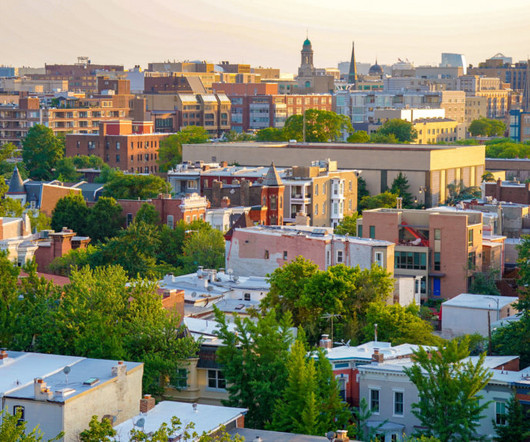






Let's personalize your content